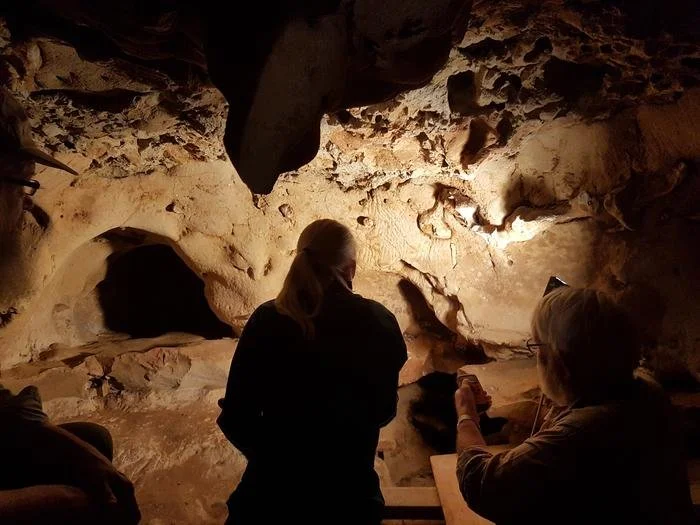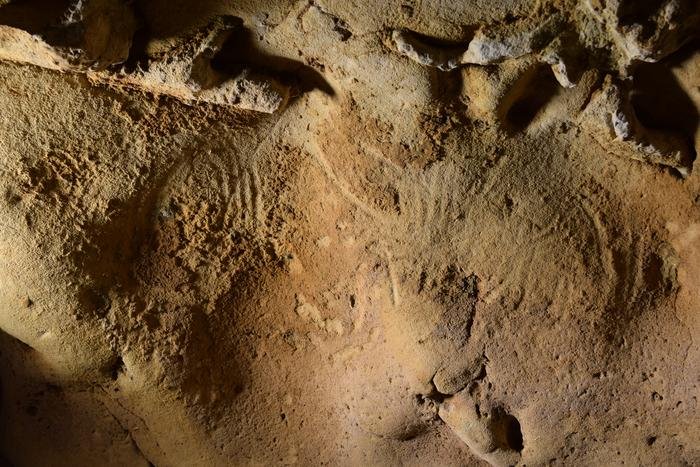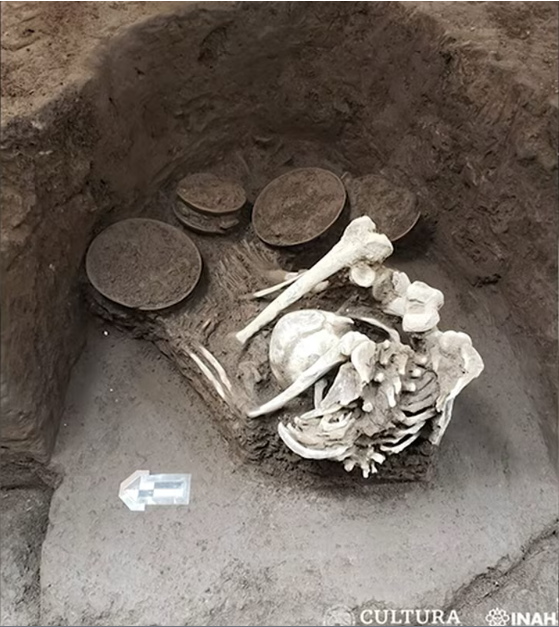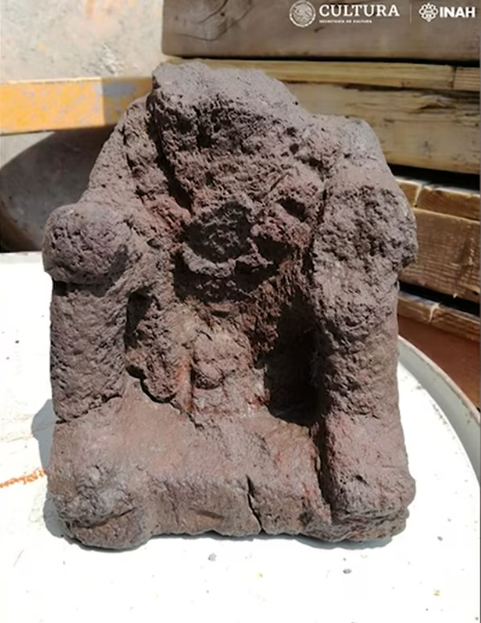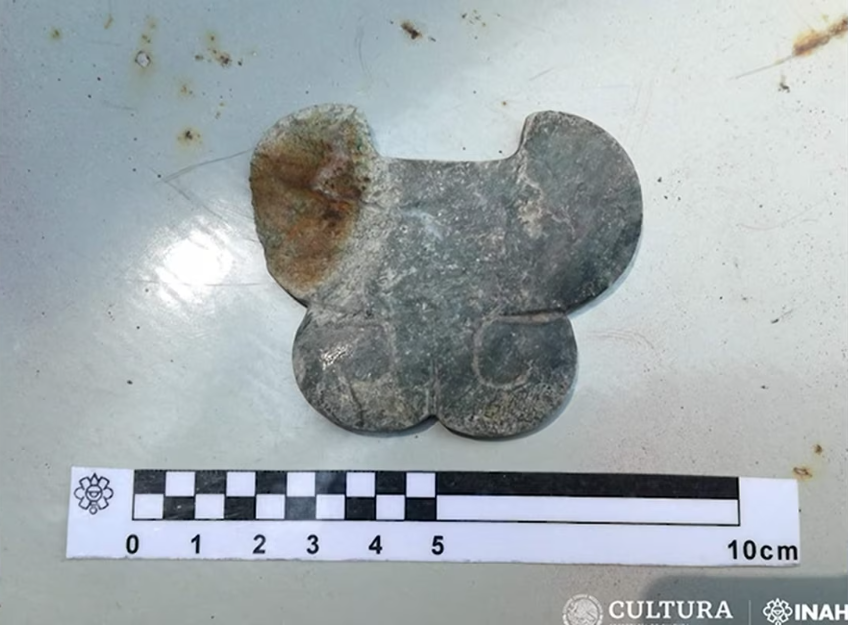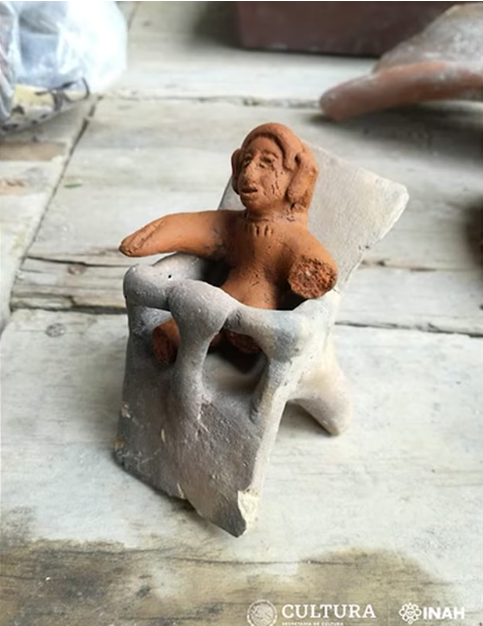In the realm of chivalry and honor, knights have always held a special place. Their noble deeds and unwavering dedication to uphold justice and protect the innocent have been celebrated for centuries. Beyond their gallant actions, the names they bear often carry profound meanings that reflect their virtues, strengths, and destinies. Join us on a journey as we unveil the stories behind 100 names of knights and their deep-rooted significance.
Arthur - "Bear king," embodying strength and leadership.
Roland - Signifying courage and bravery.
Lancelot - "Land" and "lot," symbolizing connection to homeland.
Guinevere - "Fair one," reflecting purity and beauty.
Galahad - "Pure of heart," epitome of virtue.
Richard - "Brave ruler," representing leadership and valor.
Eleanor - "Bright, shining one," for honorable character.
Percival - "Pierce the vale," suggesting a knight's journey through challenges.
Tristan - "Sorrowful" or "tumult," portraying the complexities of a knight's life.
Isolde - "Beautiful" or "fair," embodying enchantment.
Baldwin - "Bold friend," emphasizing companionship.
Alys - "Noble" or "of noble kind," reflecting a knight's aristocratic lineage.
Bertrand - "Bright raven," capturing the intelligence and wit often associated with knights.
Emeline - "Industrious" or "eager," reflecting a knight's diligence and commitment to his duties.
Geoffrey - "Peaceful gift," showcasing a knight's capacity for diplomacy.
Elowen - "Elm tree," symbolizing a knight's strength and resilience.
Giselle - "Pledge" or "hostage," mirroring a knight's loyalty to their cause.
Isembard - "Iron" and "strong," underscoring a knight's unyielding resolve.
Rowena - "Fame" and "joy," embodying the recognition and happiness earned by valiant knights.
Ysolde - An enchanting name, similar in connotation to Isolde.
Godfrey - "Peace of God," showcasing a knight's inner serenity amidst conflict.
Alaric - "Ruler of all," exemplifying the grandeur and authority of knights.
Rosamund - "Horse protector," symbolizing a knight's duty to safeguard their steed.
Benedict - "Blessed," symbolizing divine favor.
Isabella - "Devoted to God," exemplifying faith.
Gawain - Possibly "hawk of battle," signifying prowess.
Morgana - Likely "sea circle," mysterious and enchanting.
Cedric - "Bounty" or "generous," reflecting noble nature.
Isolde - "Fair lady" or "ruler," dual symbolism.
Gervaise - "Spear servant," echoing dedication.
Elaine - "Bright, shining light," representing hope.
Emeric - Possibly "work-power," signifying industriousness.
Aveline - "Hazel," symbolizing intuition and wisdom.
Gareth - "Gentle" or "kind," embodying compassion.
Maelis - "Prince" or "chief," denoting leadership.
Margery - "Pearl," reflecting preciousness.
Tristram - "Sadness," encompassing depth of emotion.
Elysande - "Noble and gracious," combining virtues.
Thibault - "Brave people," representing valor.
Eleanor - Representing "light" and "torch," illuminating strength.
Olivier - "Olive tree," symbolizing peace.
Cassandra - "Prophetess," echoing foresight.
Hector - "Steadfast," showcasing loyalty.
Sybilla - "Prophetess" or "oracle," wisdom and insight.
Auberon - "Noble" or "bear-like," strength and honor.
Blanchefleur - "White flower," purity and elegance.
Gawain - "White hawk" or "falcon," representing keen perception.
Genevieve - "Woman of the race," embodying heritage.
Caelia - Likely "heavenly," reflecting divine qualities.
Baldwin - Enduring significance in knightly lore.
Yvonne - Possibly "yew tree," symbolizing resilience.
Thibault - "Brave people," representing valor.
Benedict - "Blessed," symbolizing divine favor.
Seraphina - Derived from "seraphim," denoting ardor and nobility.
Galahad - Once again, "pure of heart," epitome of virtue.
Igraine - Likely from "Igraine," embodying strength.
Hermione - "Messenger," reflecting communication skills.
Lionel - "Young lion," signifying courage and power.
Eleanor - "Bright, shining one," for honorable character.
Alaric - "All ruler," grandeur and authority.
Elysande - "Noble and gracious," combining virtues.
Baldwin - "Brave friend," highlighting camaraderie.
Margery - "Pearl," reflecting preciousness.
Tristan - "Tumult" or "sorrowful," portraying complexity.
Isolde - "Fair lady" or "ruler," dual symbolism.
Geoffrey - "Peaceful gift," showcasing diplomacy.
Rowena - "Fame" and "joy," earned by valor.
Lancelot - "Land" and "lot," symbolizing connection to homeland.
Percival - "Pierce the vale," journey through challenges.
Gawain - "White hawk" or "falcon," keen perception.
Emeline - "Industrious" or "eager," reflecting diligence.
Elowen - "Elm tree," symbolizing strength and resilience.
Baldwin - "Bold friend," emphasizing companionship.
Isabella - "Devoted to God," exemplifying faith.
Seraphina - Derived from "seraphim," denoting ardor and nobility.
Galahad - "Pure of heart," epitome of virtue.
Igraine - Likely from "Igraine," embodying strength.
Hermione - "Messenger," reflecting communication skills.
Lionel - "Young lion," signifying courage and power.
Eleanor - "Bright, shining one," for honorable character.
Alaric - "All ruler," grandeur and authority.
Elysande - "Noble and gracious," combining virtues.
Baldwin - "Brave friend," highlighting camaraderie.
Margery - "Pearl," reflecting preciousness.
Tristan - "Tumult" or "sorrowful," portraying complexity.
Isolde - "Fair lady" or "ruler," dual symbolism.
Geoffrey - "Peaceful gift," showcasing diplomacy.
Rowena - "Fame" and "joy," earned by valor.
Lancelot - "Land" and "lot," symbolizing connection to homeland.
Percival - "Pierce the vale," journey through challenges.
Gawain - "White hawk" or "falcon," keen perception.
Emeline - "Industrious" or "eager," reflecting diligence.
Elowen - "Elm tree," symbolizing strength and resilience.
Giselle - "Pledge" or "hostage," mirroring loyalty.
Isembard - "Iron" and "strong," underscoring resolve.
Rowena - "Fame" and "joy," earned by valor.
Baldwin - "Brave friend," highlighting camaraderie.
Ysolde - An enchanting name, similar in connotation to Isolde.
Godfrey - "Peace of God," showcasing a knight's inner serenity amidst conflict.
Alaric - "Ruler of all," exemplifying the grandeur and authority of knights.
From the valorous Arthur to the enigmatic Tristan, each of these names carries a unique story, woven into the tapestry of chivalry and knighthood. As we delve into their meanings, we gain a deeper appreciation for the rich heritage these names represent. They stand as a testament to the enduring legacy of knights, whose virtues continue to inspire us to this day. Whether it's bravery, loyalty, or honor, these names remind us that the spirit of chivalry lives on in the hearts of those who uphold noble values and fight for a just and brighter world.









